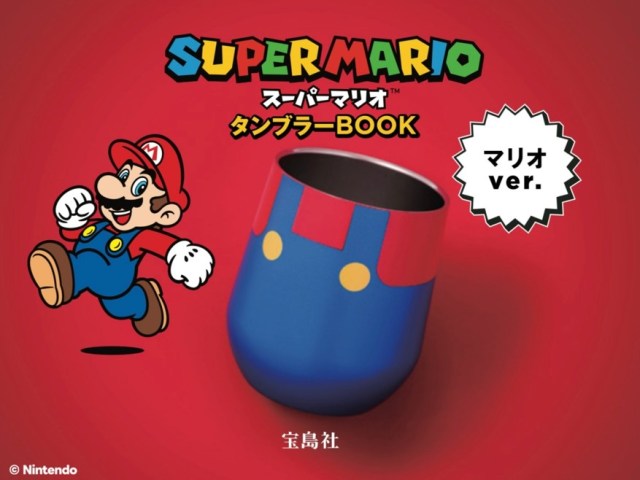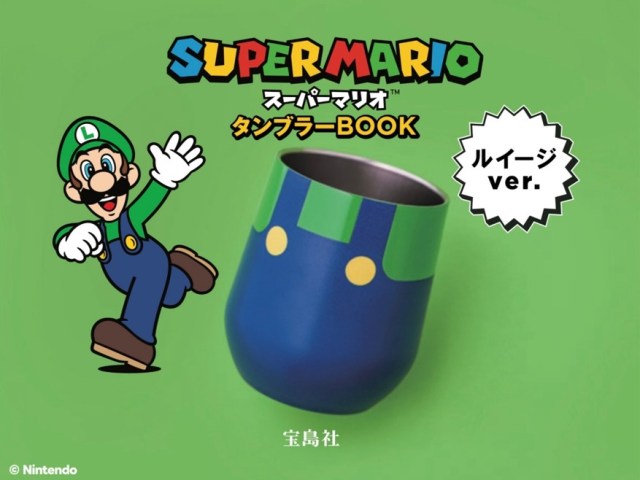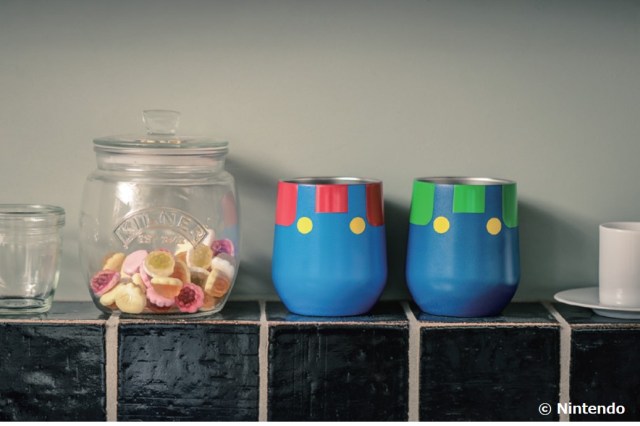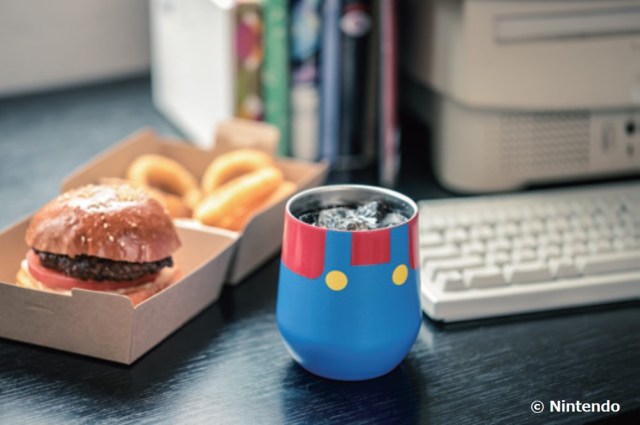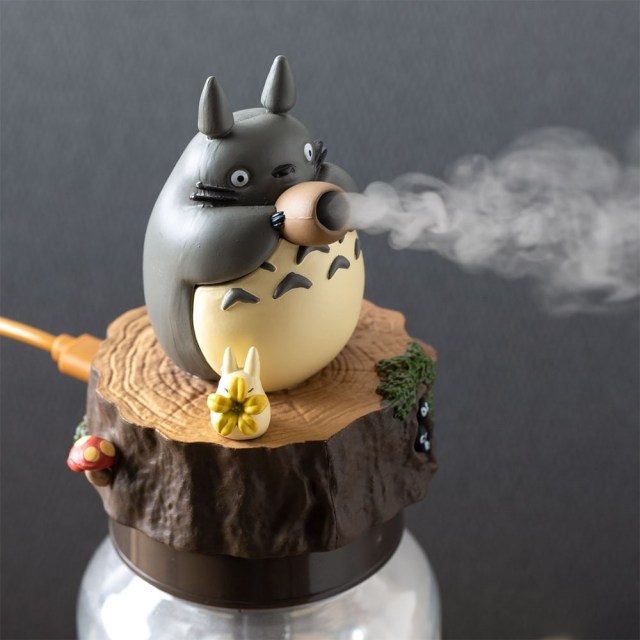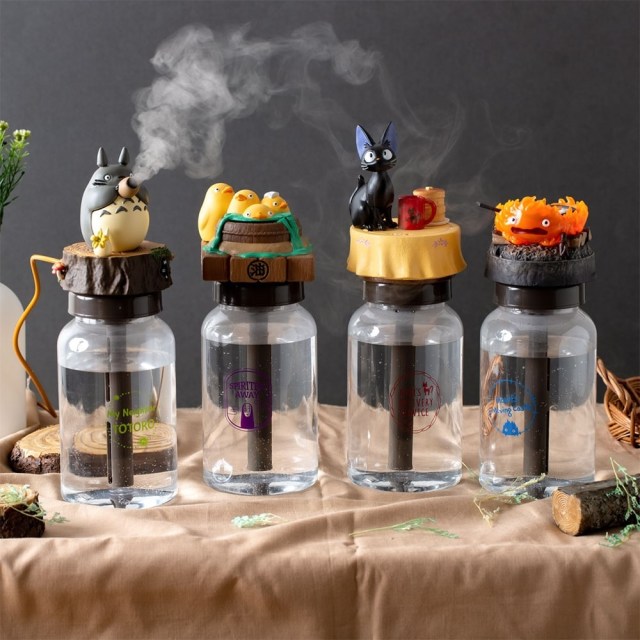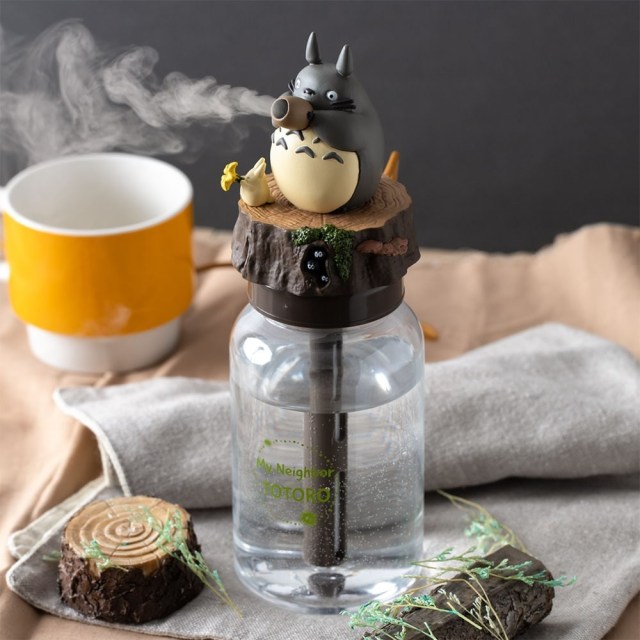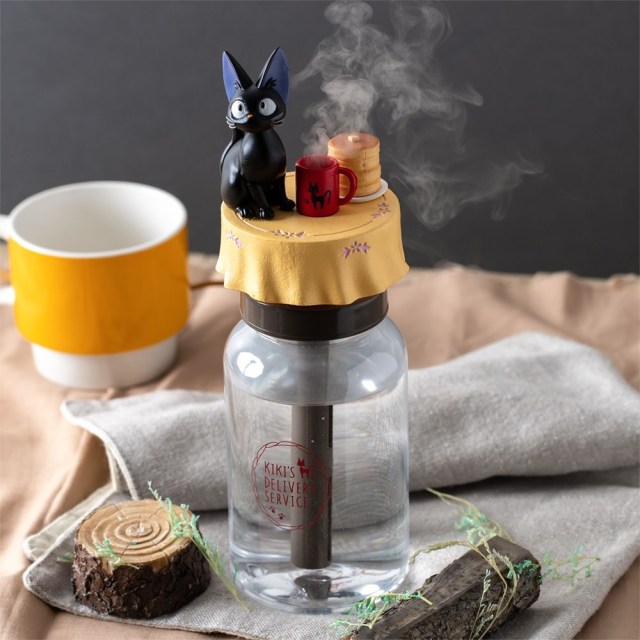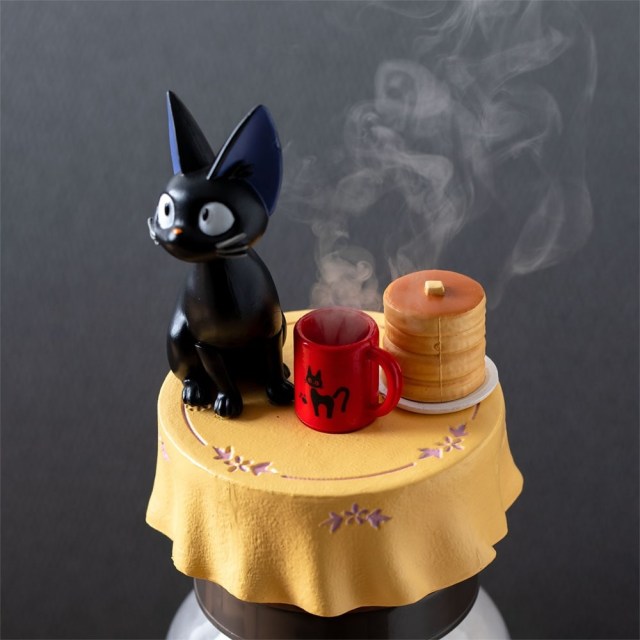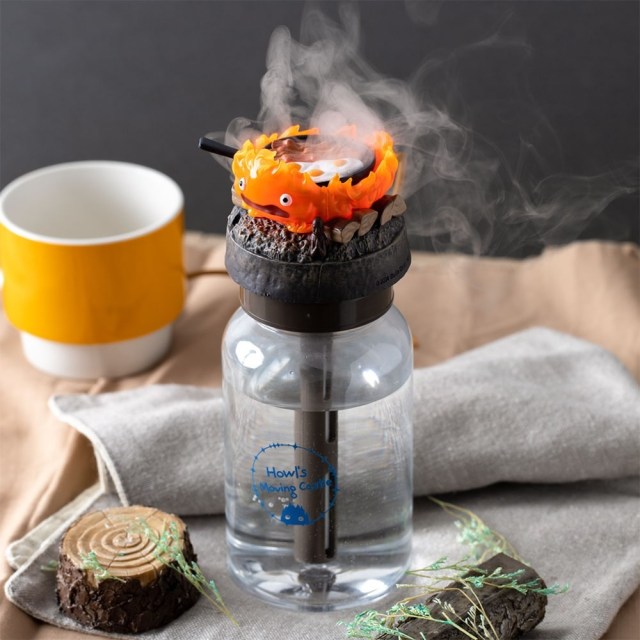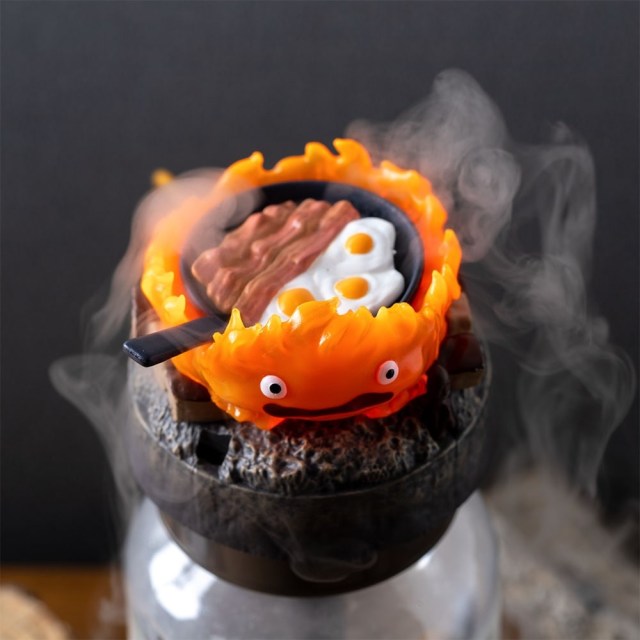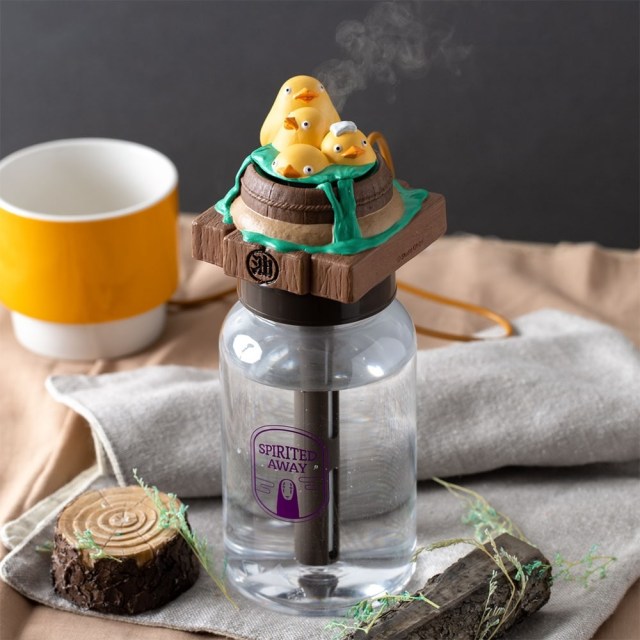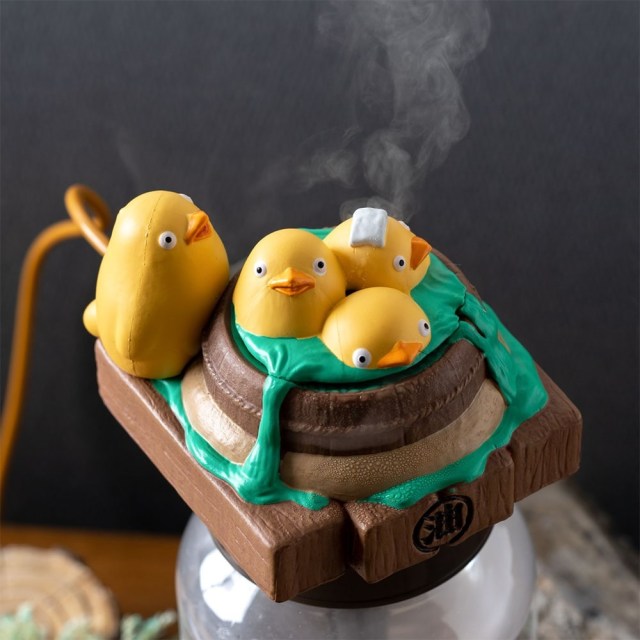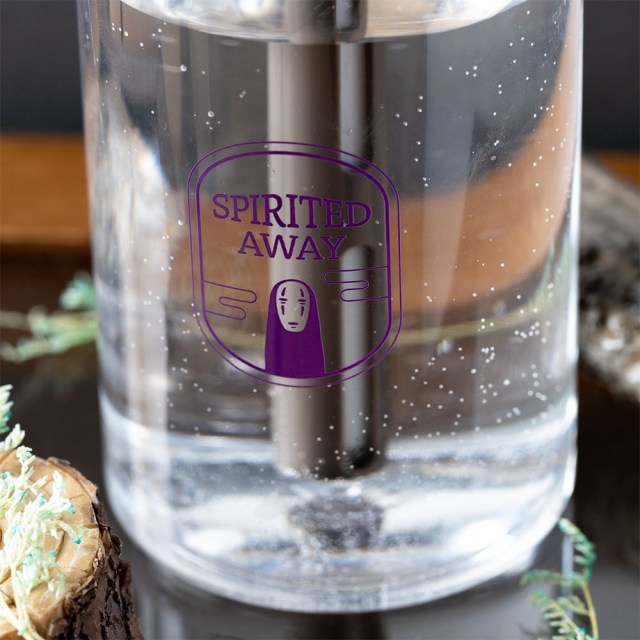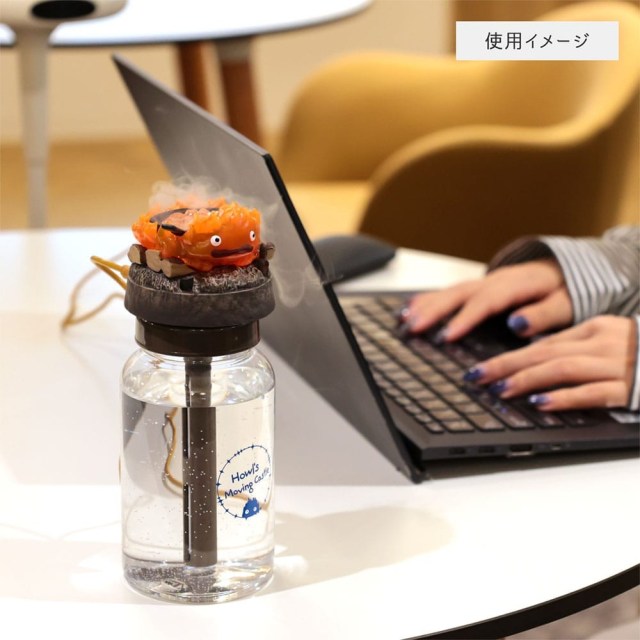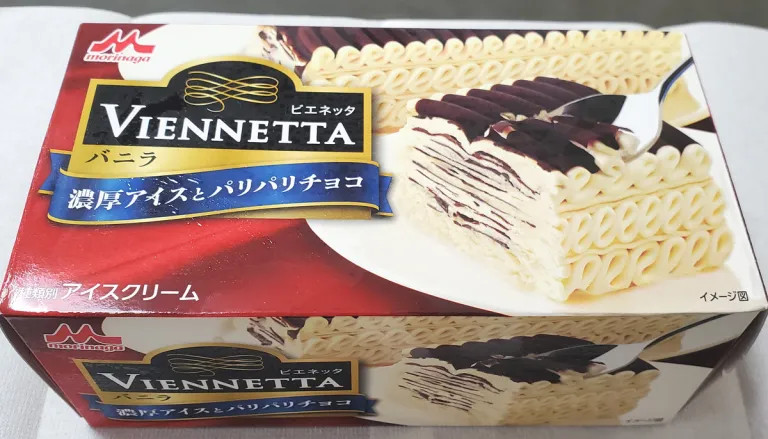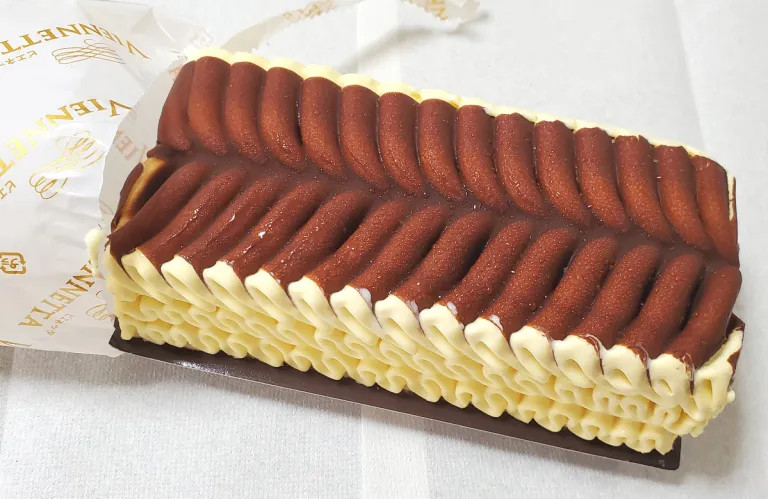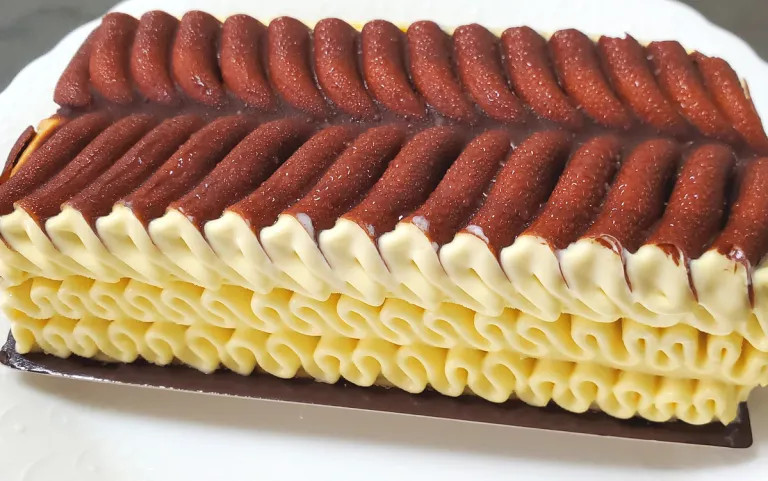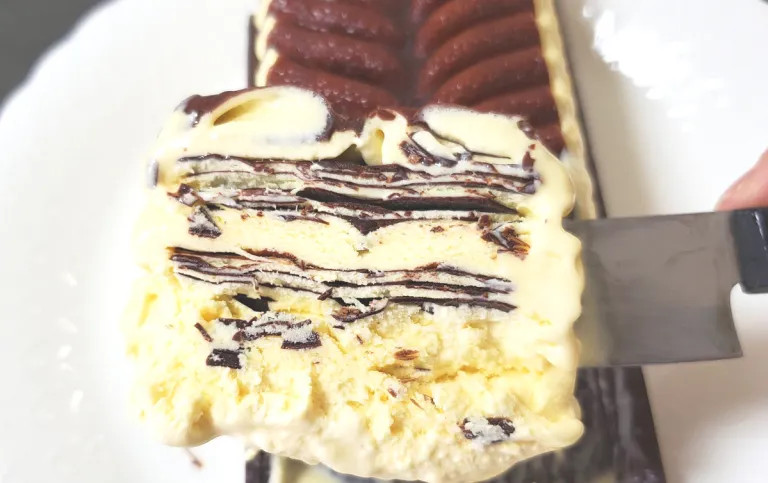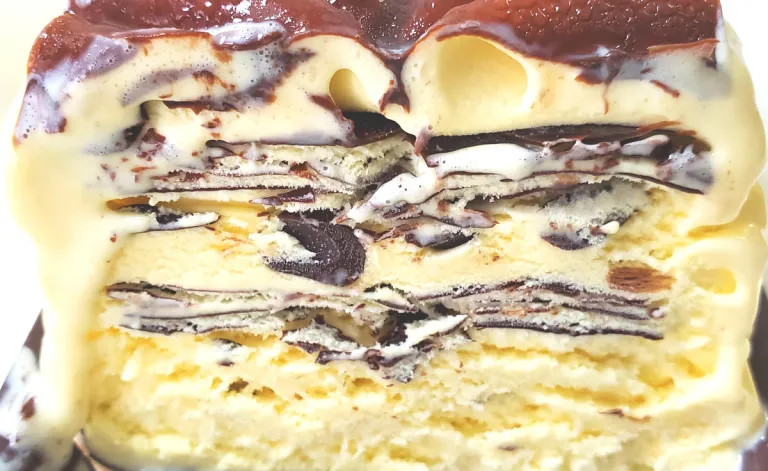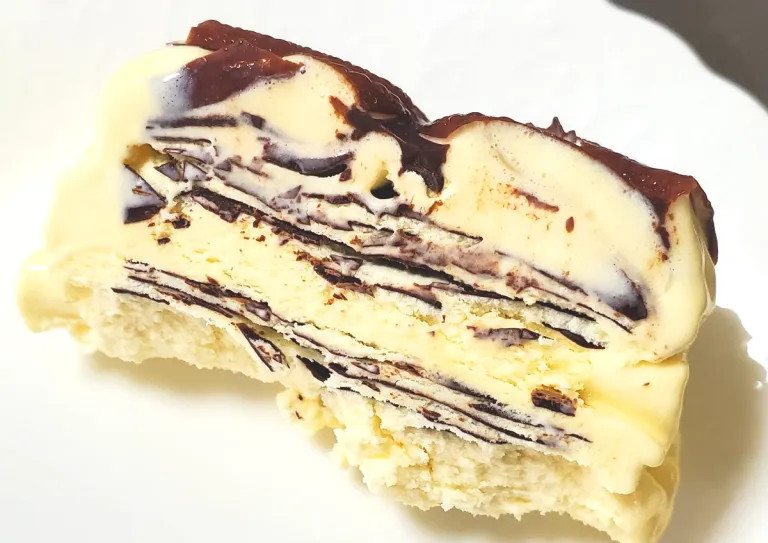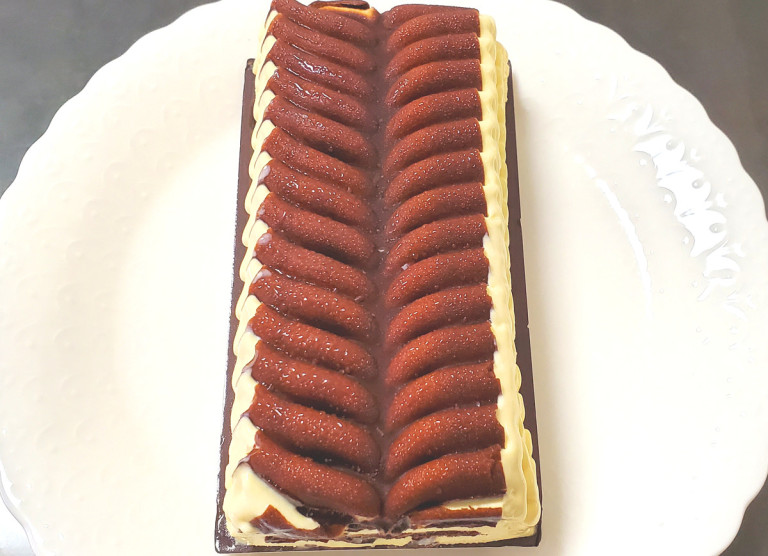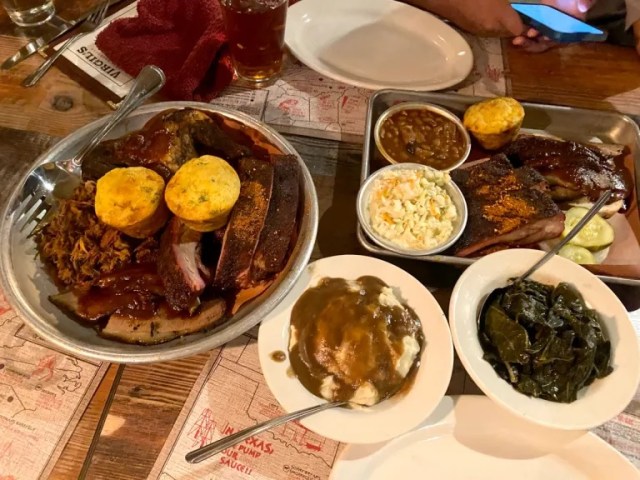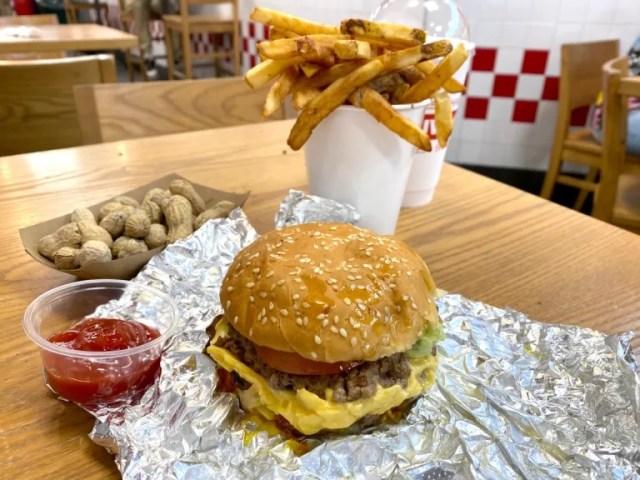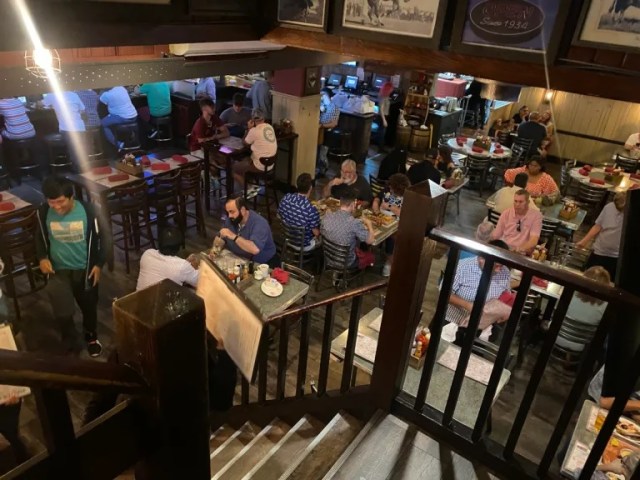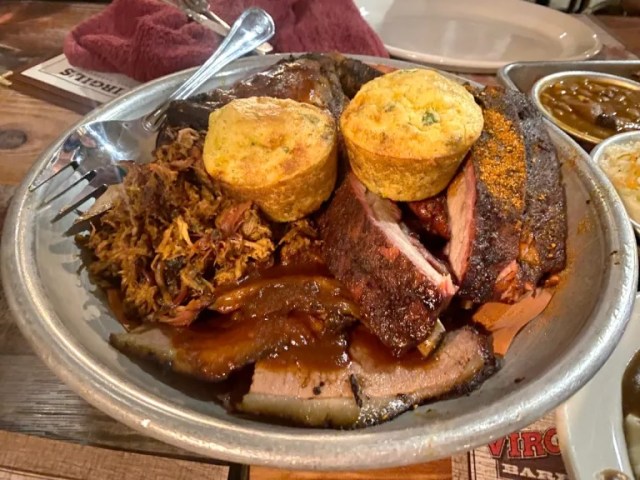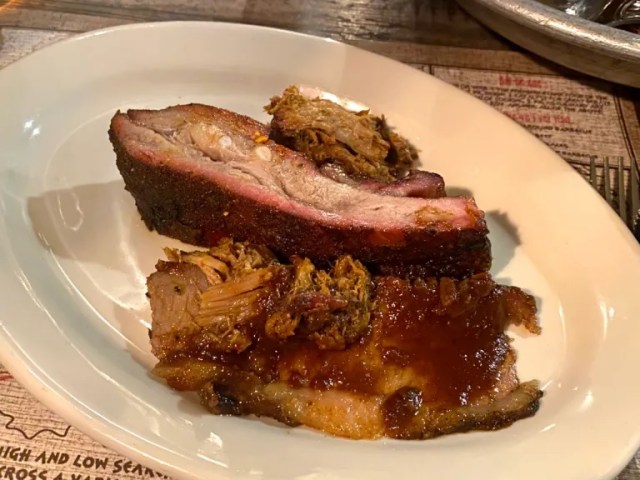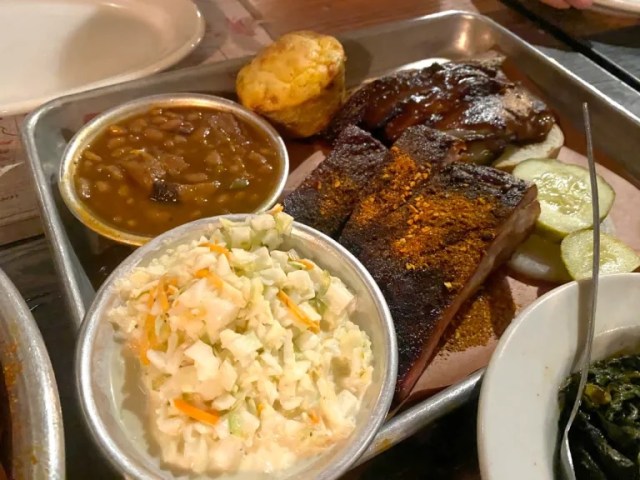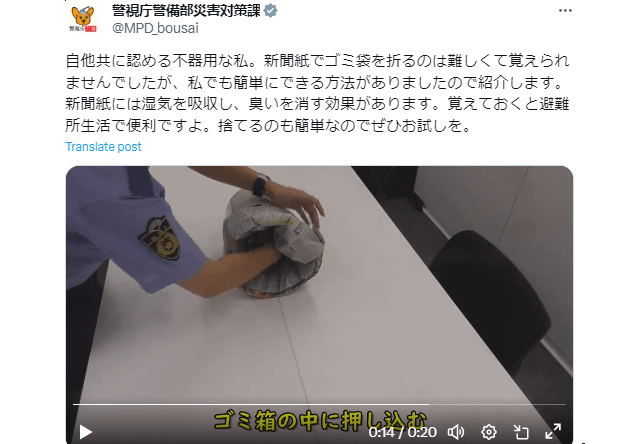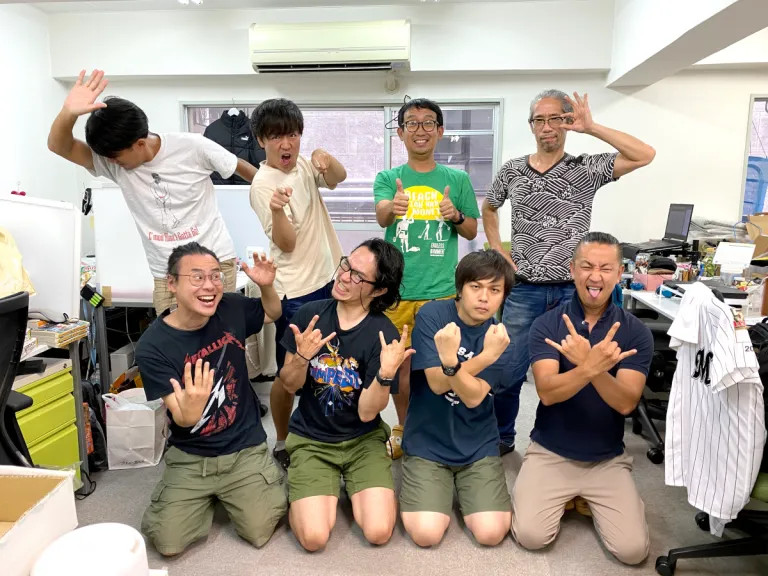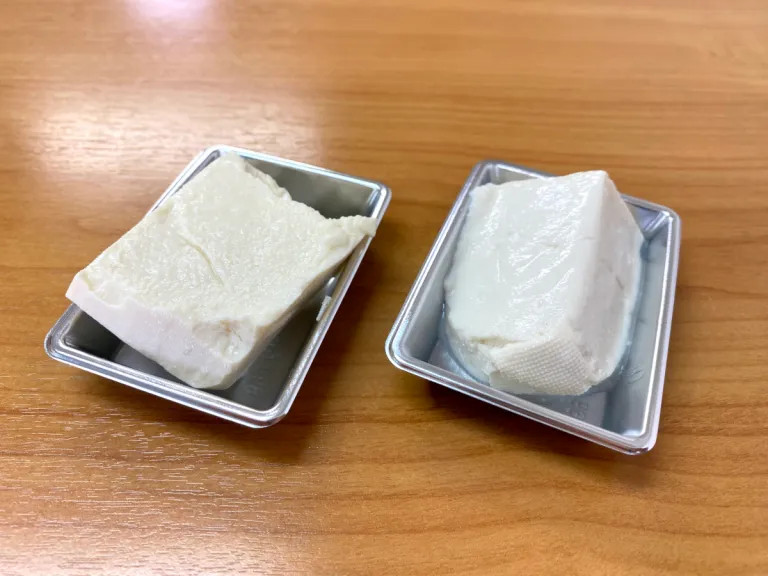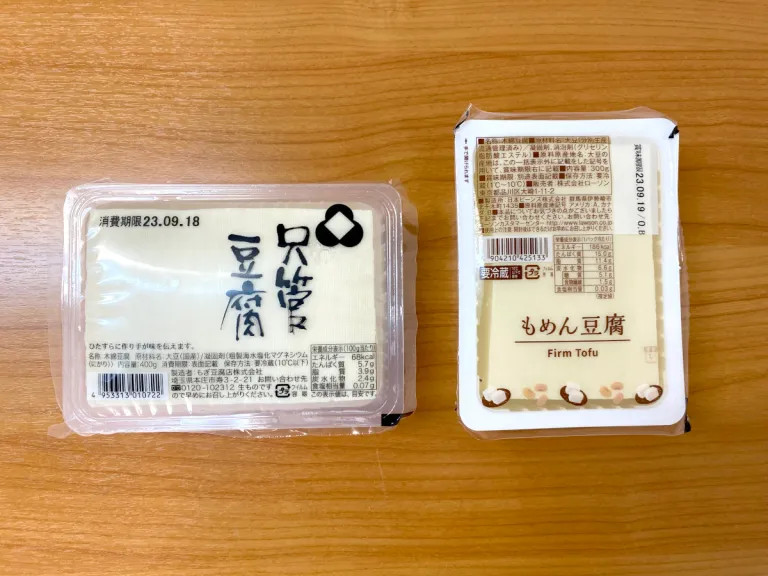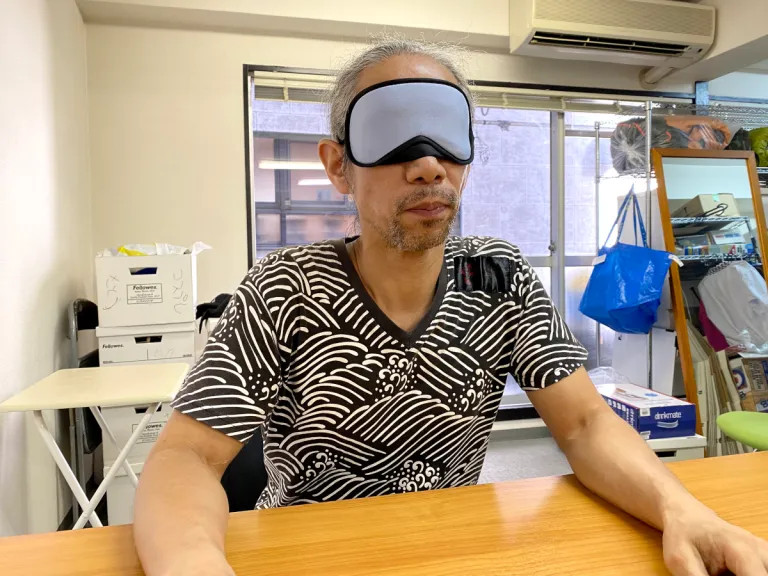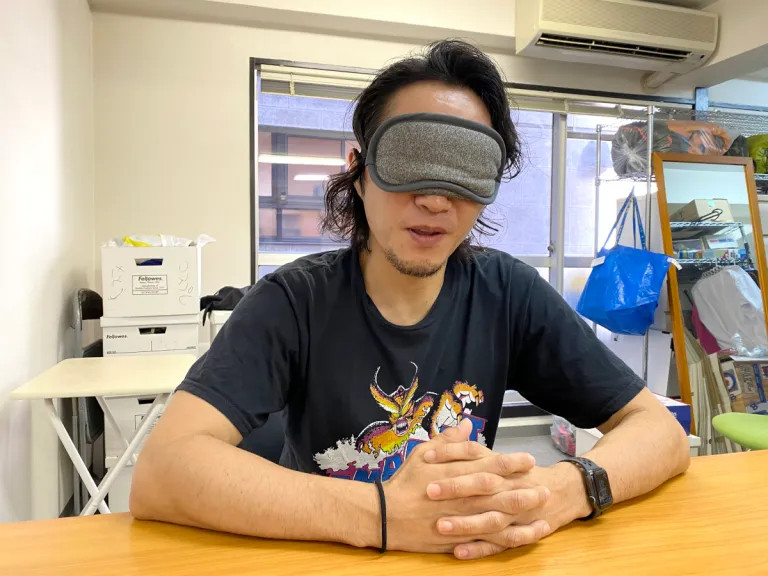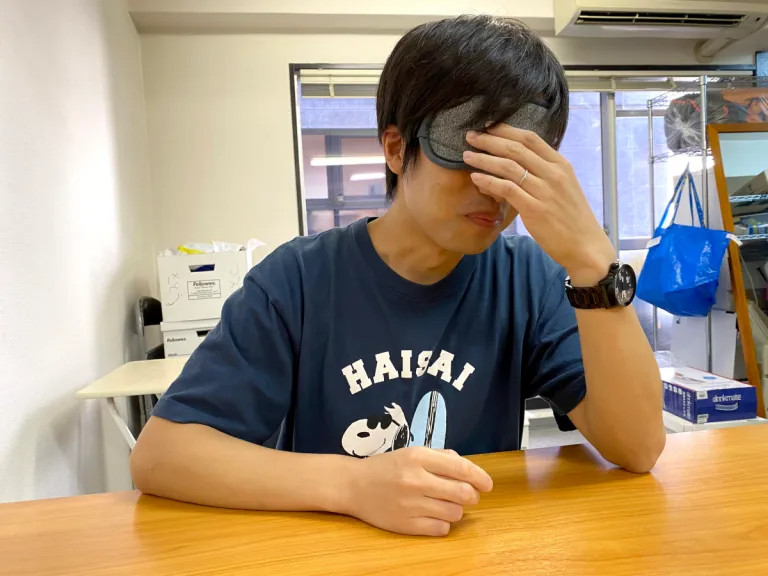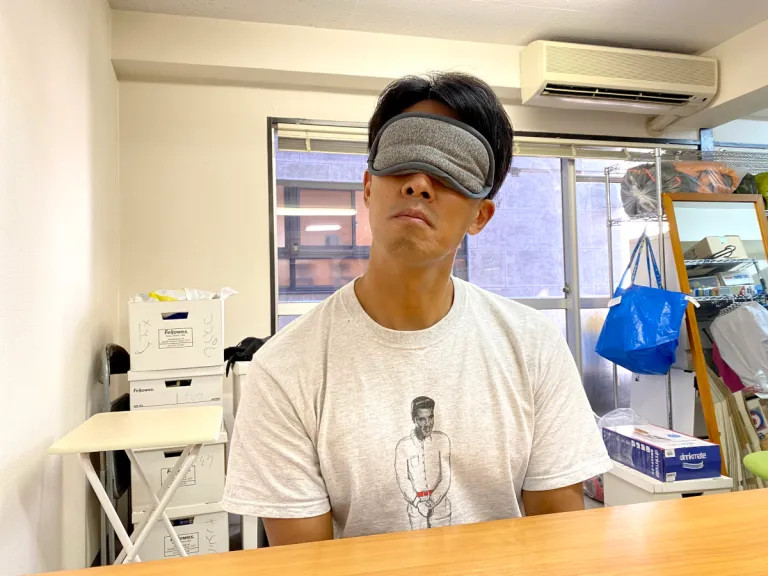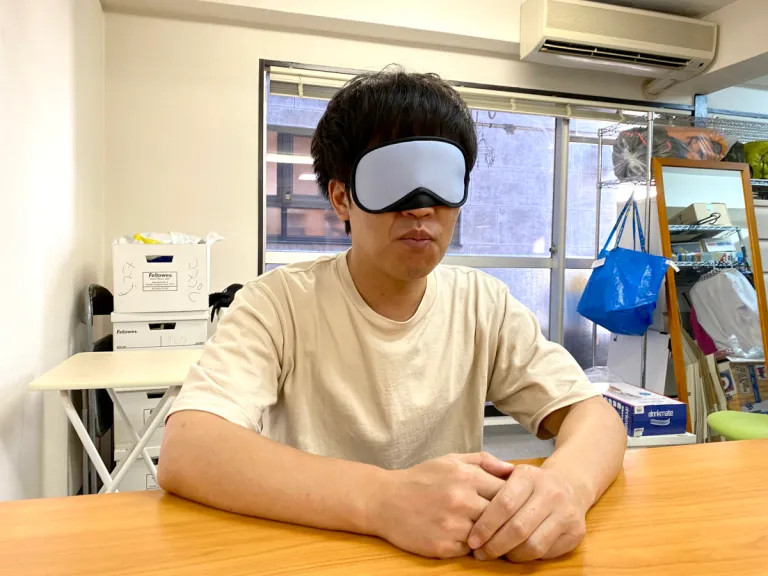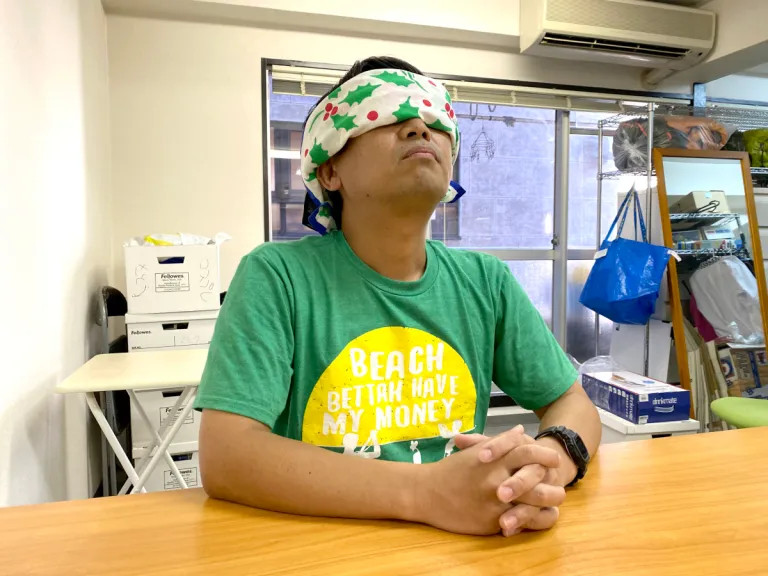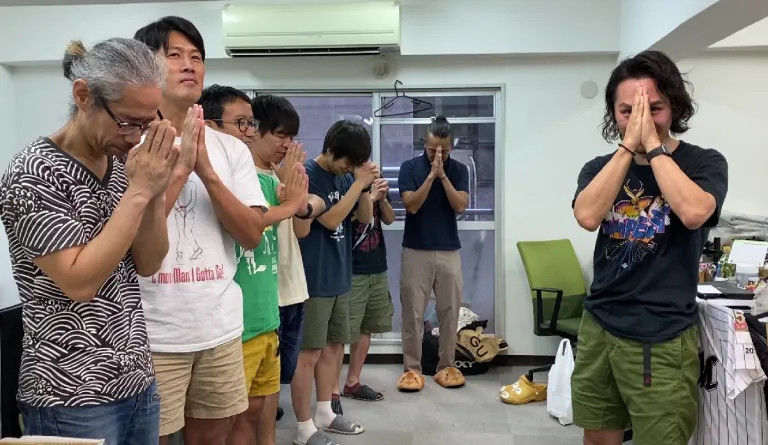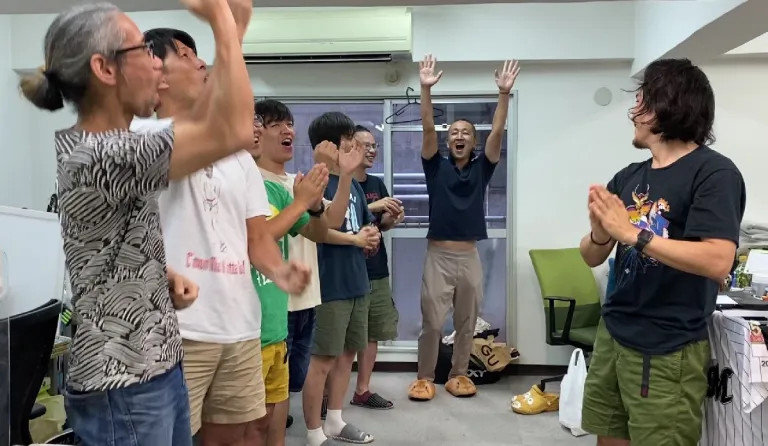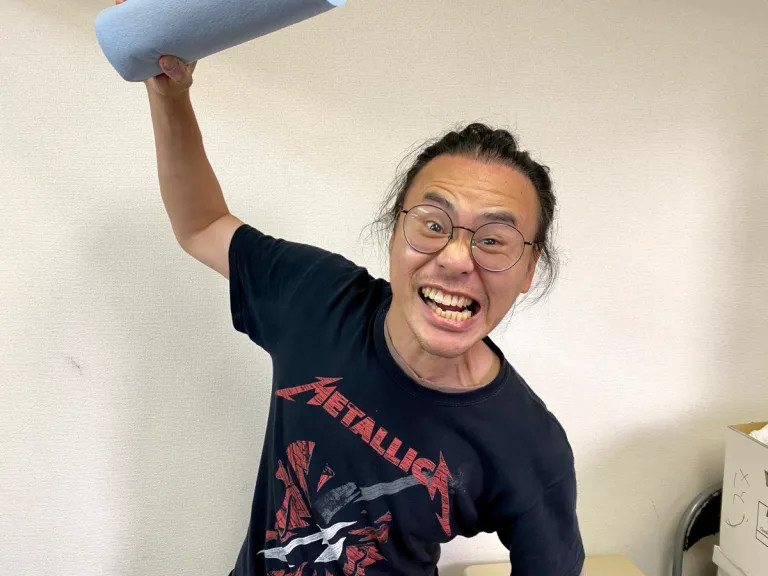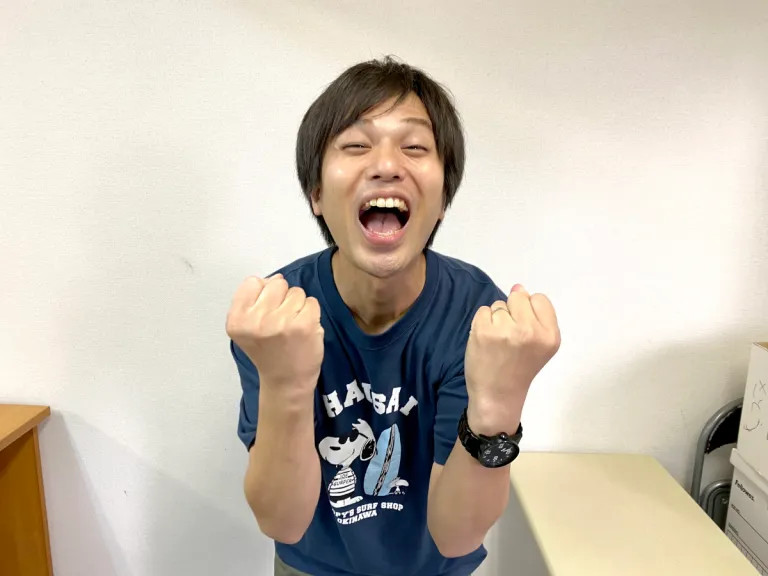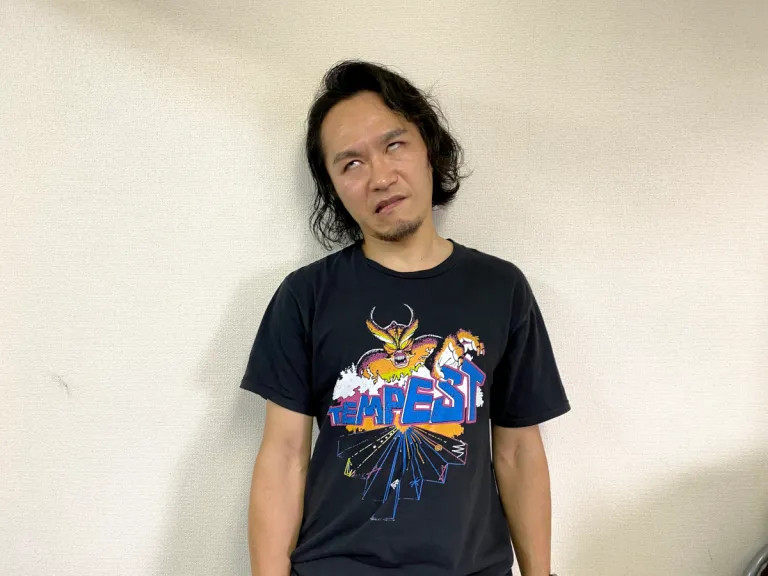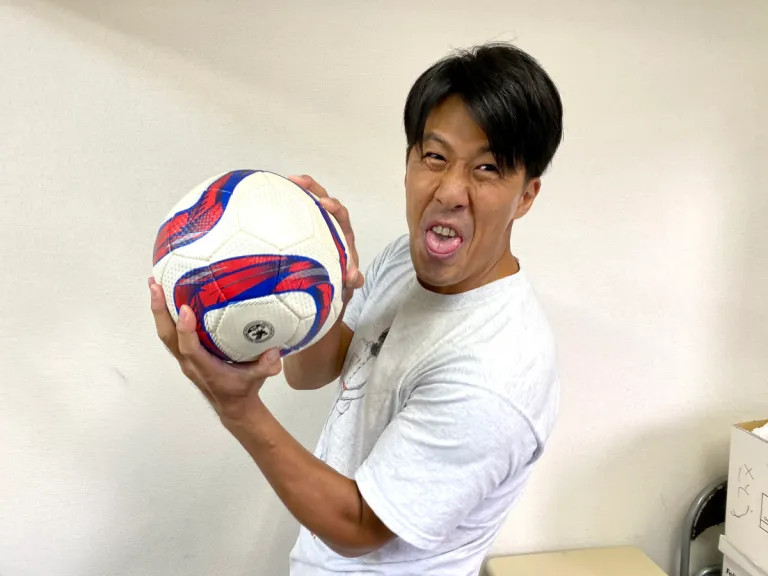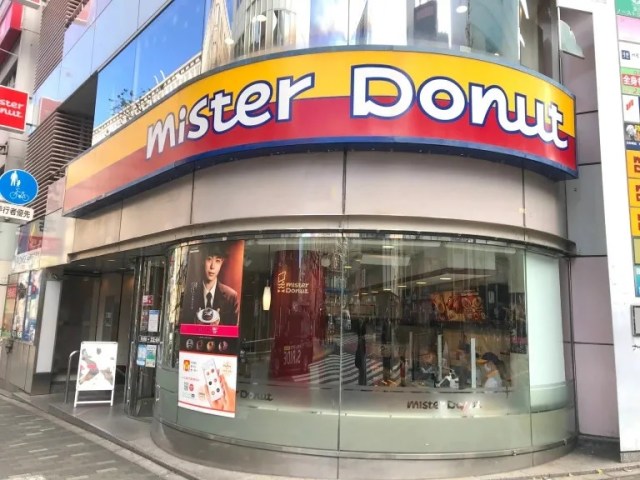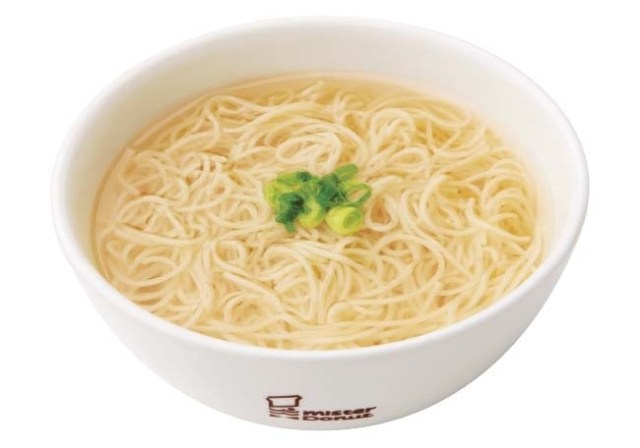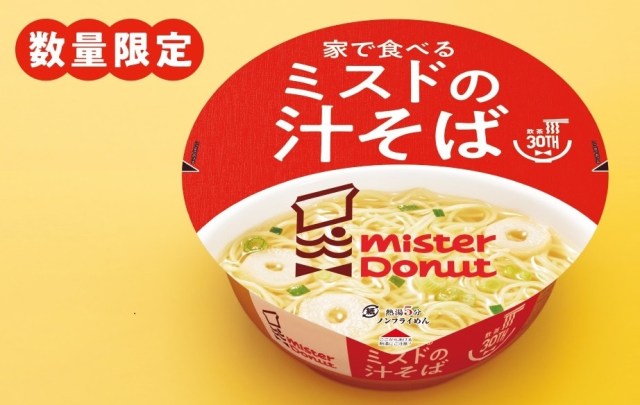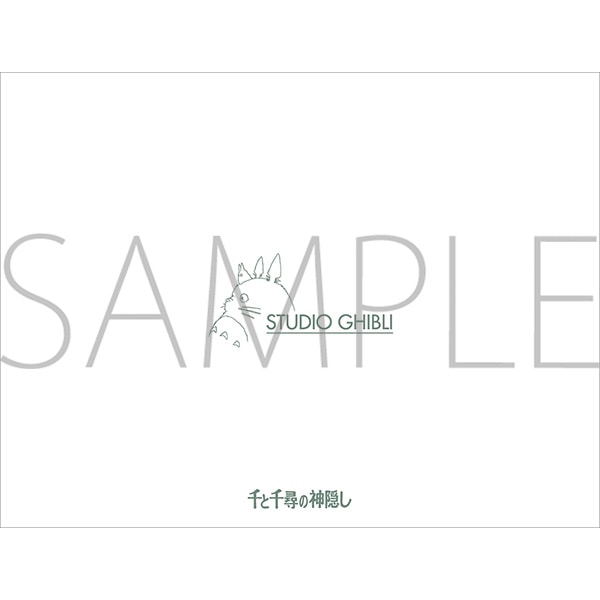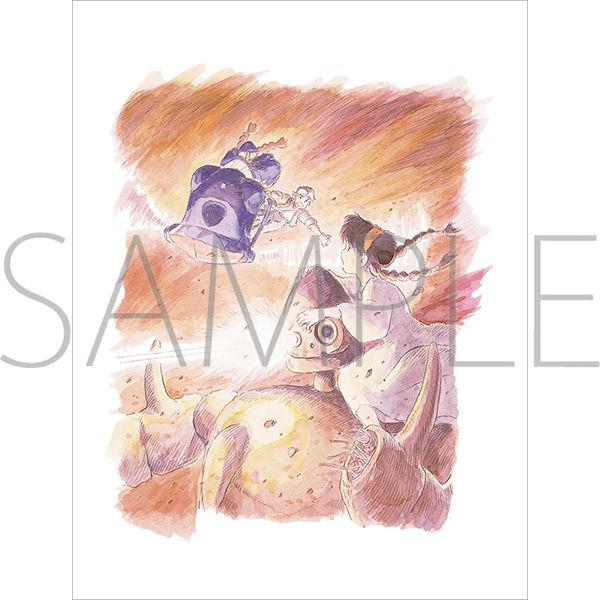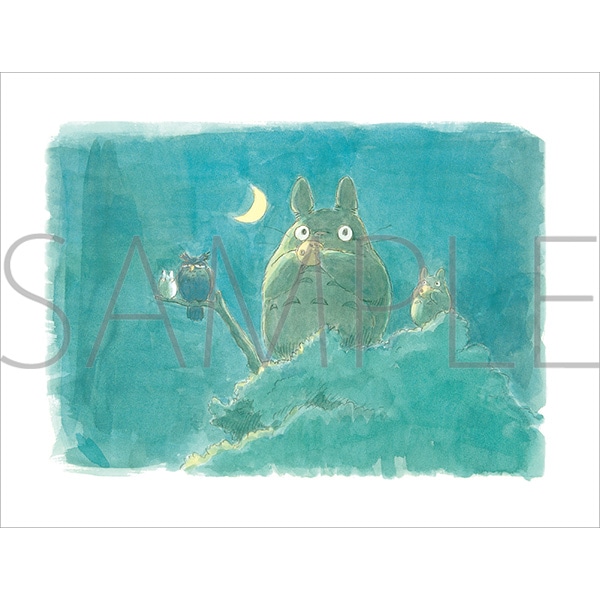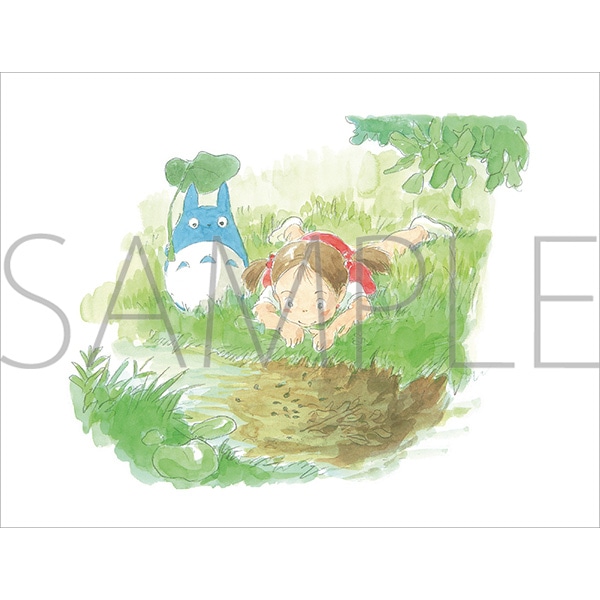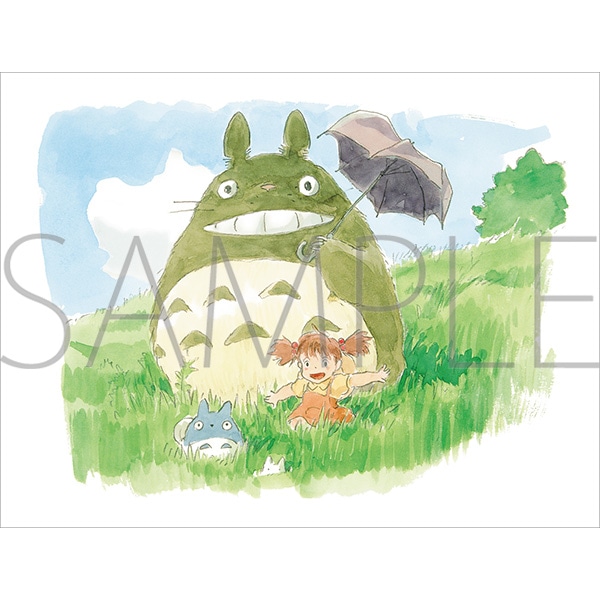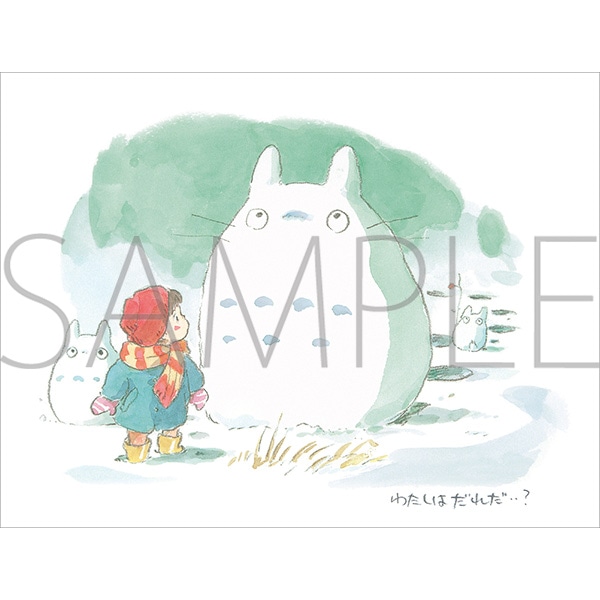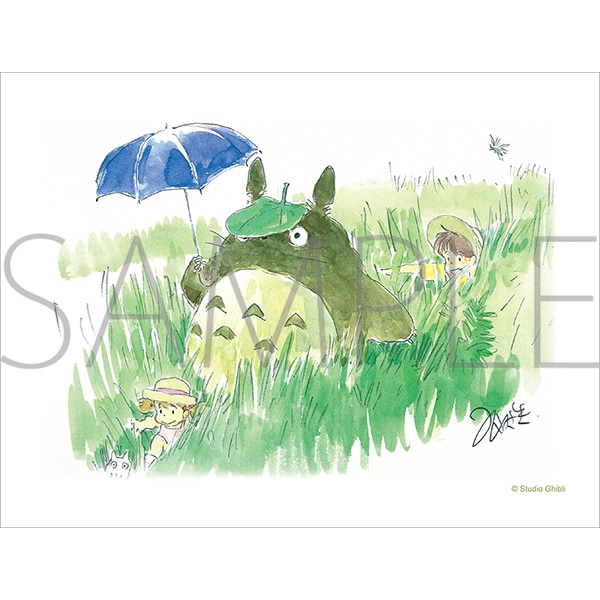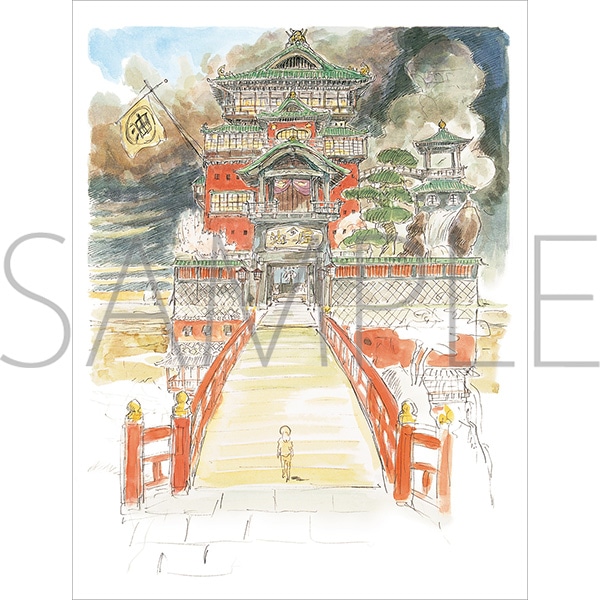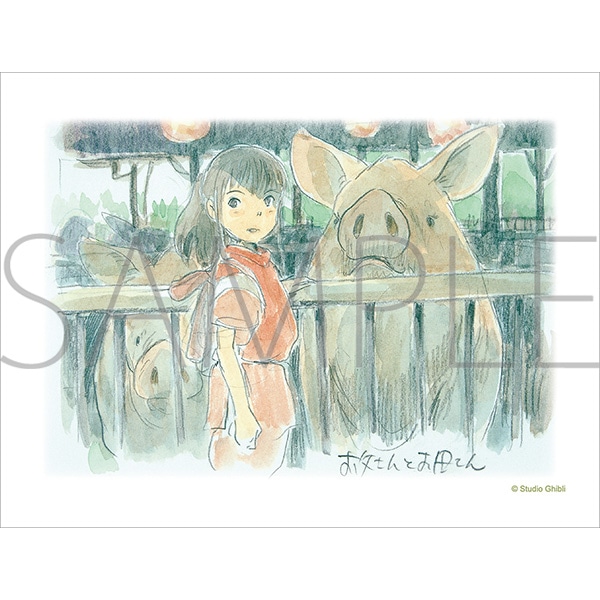
No convenience store food allowed during this sleepover!
Back in 2021, we dropped a cool 1 million yen on a house in the Japanese countryside, which, going by exchange rates at the time, was equivalent to US$9,100. As you might guess from the super low price, this old house was a doer-upper, and we’ve spent the past two years slowly but surely making improvements, while having a lot of fun in the process.
We’re still a long ways from actually being able to live in the SoraHouse — it’s not even hooked up to electricity yet — but that hasn’t stopped us from dreaming of the day when it’s inhabitable and we can comfortably spend the night there.
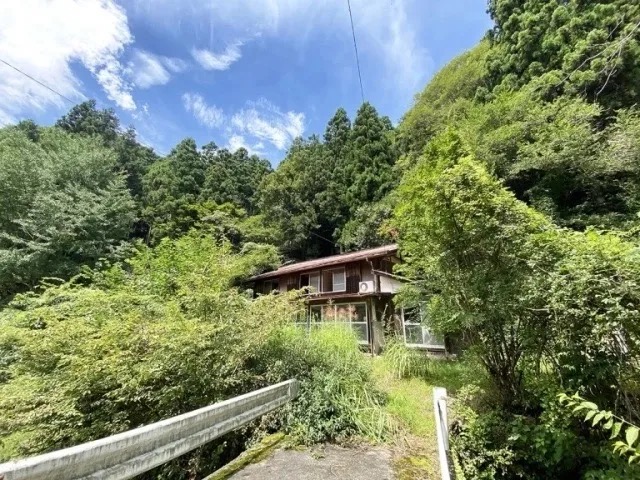
Our reporter Masanuki Sunakoma is not as patient as the rest of us, and he recently decided to beat us all to it by becoming the first person to stay there overnight. He wanted to know what it would feel like to spend an entire day living in an old ramshackle house in the countryside, so he packed up a sleeping bag and some meals and headed out there for a last hurrah during summer.
Masanuki was keen to eat well without resorting to buying convenience store food during his stay so he’d done some research beforehand, hooking up with a meal subscription company to try their meals. Before he got down to eating and relaxing, though, there was work to be done, so he took up a shovel and began clearing away old remnants of wood from a past demolition project.
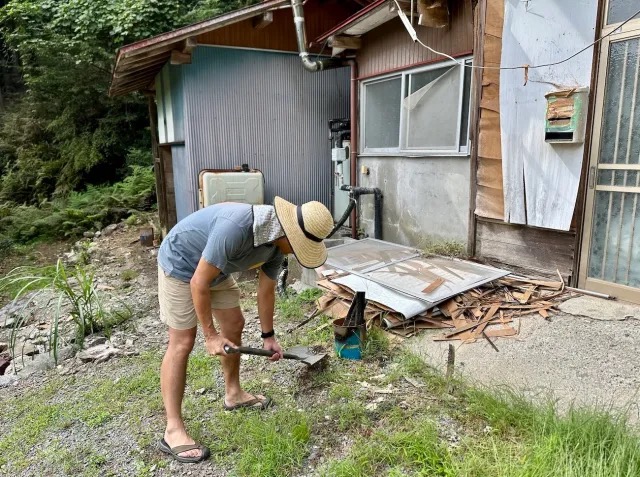
Though this was a fairly unremarkable task, every little bit helps when it comes to improving the look of the SoraHouse, and it was a nice change of pace from working at his desk all day. Before he knew it, he had become engrossed in the job, and he was now beginning to sweat.
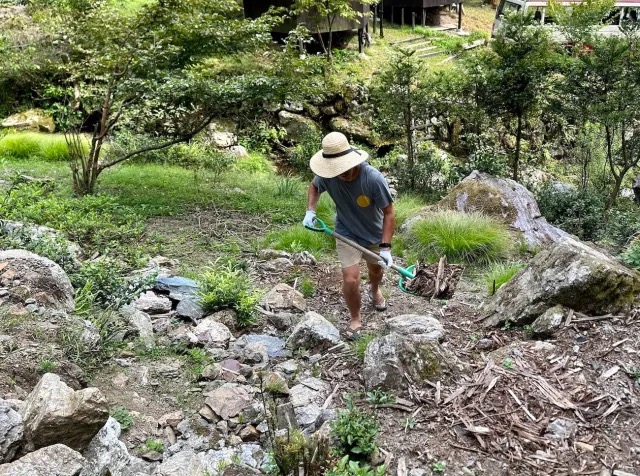
Fortunately for Masanuki, we have a river on the property, so he headed over there to cool down and freshen up. As he splashed water on his face and enjoyed the gentle spray from the mini waterfall, he realised how vital rivers like this must’ve been back in the day, before there was air conditioning.

There was no air conditioning at the SoraHouse, so Masanuki felt as if he’d slipped back in time. Taking a moment to enjoy the birdsong and the rustling of the leaves, he felt calm and relaxed by this slow way of living.
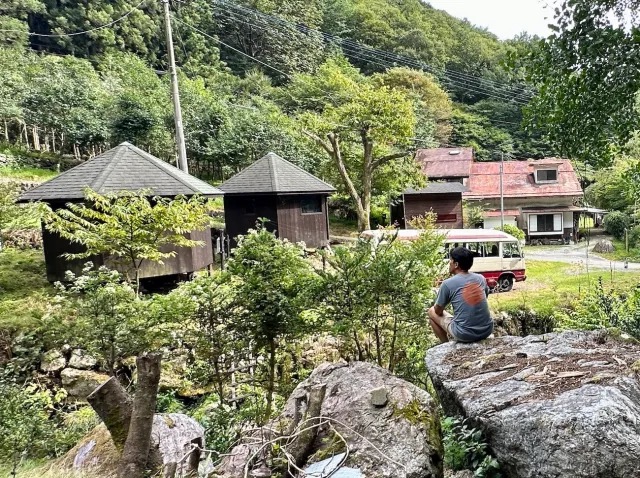
When it came time to return to the task at hand, however, Masanuki felt his playful, childlike side begin to stir within him. Away from the big city, he now felt like throwing the big rocks that needed to be cleared instead of carefully moving them.
▼ So that’s what he did.

He felt like running with big sticks instead of weeding.
▼ So that’s what he did.

And he felt like playing with the spooky fireworks he’d brought with him, which resemble hitodama (balls of fire that are said to be the souls of the dead).
▼ So that’s what he did.

All that play made him work up an appetite, and luckily, he had his three meals with him. Created by meal subscription company Nosh, these products use environmentally friendly paper packaging and are said to be convenient for eating outdoors so he was looking forward to trying them out.
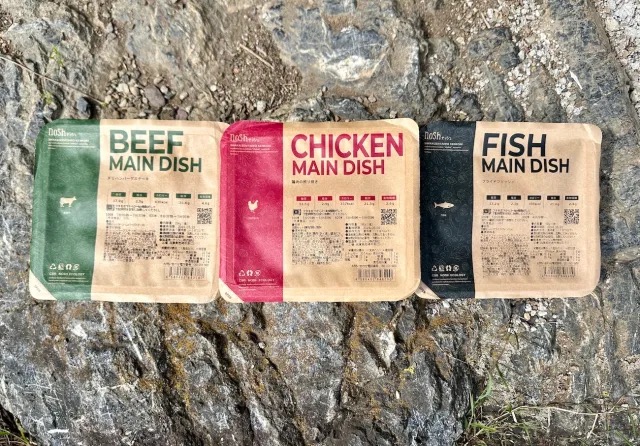
The only inconvenient thing about eating heated meals in an old house with no electricity is the fact that a portable battery is required to operate the microwave oven we have in the kitchen. Masanuki had brought the battery with him, though, so he was able to heat up his lunch, which was Chicken Teriyaki.
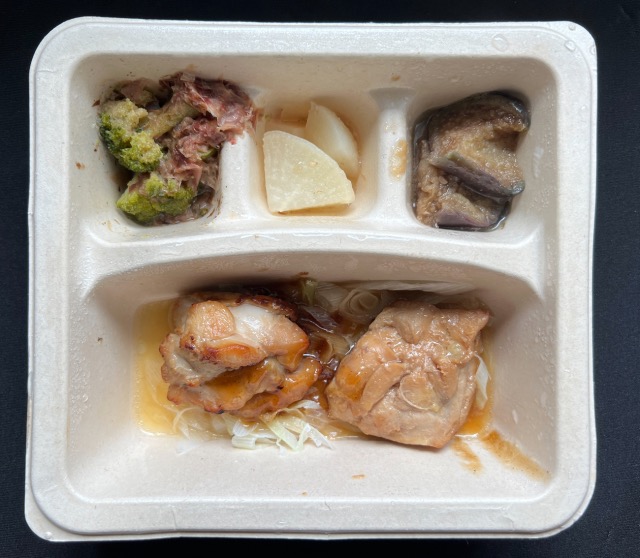
Masanuki had once heard a saying that goes, “Eating outside makes food three times more delicious”. As he sat on a rock with his lunch and looked out at the surrounding scenery, he heartily agreed with this sentiment.

▼ Chicken teriyaki never tasted so good.
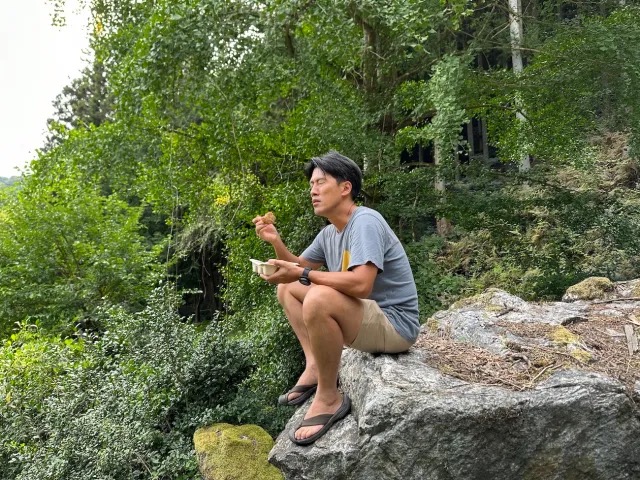
The meal was light, but it gave him enough energy to get back to work and stop messing around. After clearing away more debris and taking a few breaks to enjoy the countryside views, the light began to dip behind the mountains, and that meant it was time for another meal.
▼ Dinner came in the form of a Hamburg steak with chilli sauce and vegetables on the side — healthy and delicious.
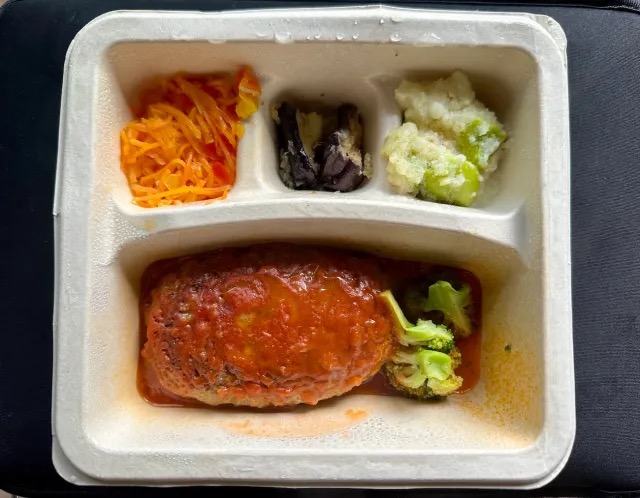
This time, Masanuki ate dinner inside, with nothing but the light of his phone to brighten the top floor area.
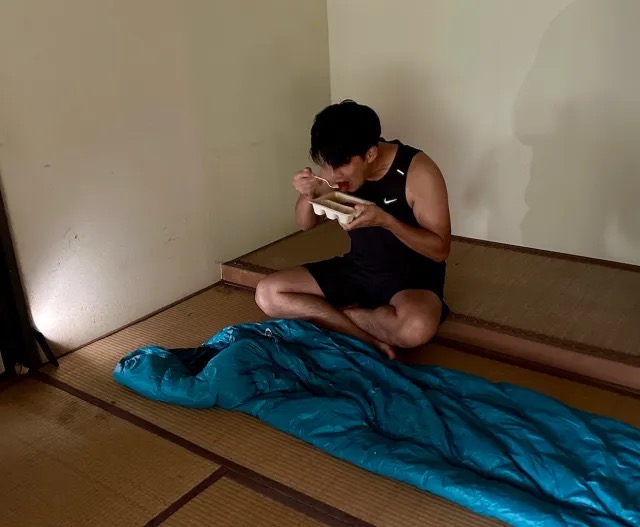
He could’ve spent a few more hours watching videos on his smartphone or reading a manga he’d brought with him, but he was so exhausted at this point that he decided to just curl up on his sleeping bag and drift off to sleep.
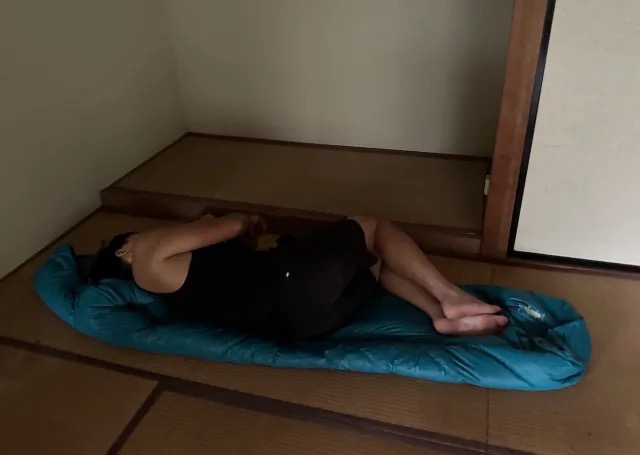
After sleeping like a log through the night, Masanuki woke to the sound of birds at sunrise. He immediately strolled down to the river to freshen up, and then it was time to start the day…

▼ …with breakfast!
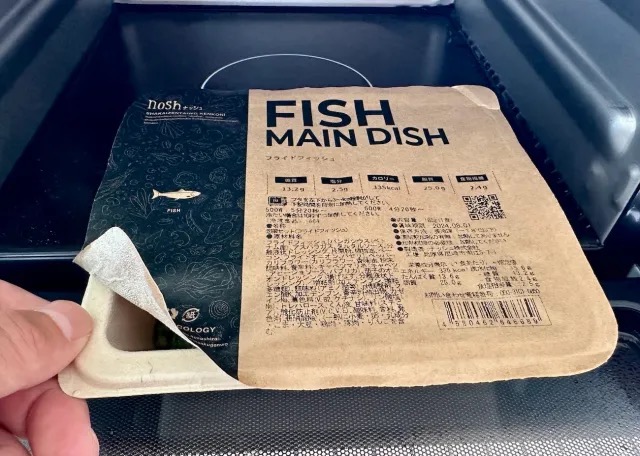
▼ Fried fish with tartar sauce and vegetables.
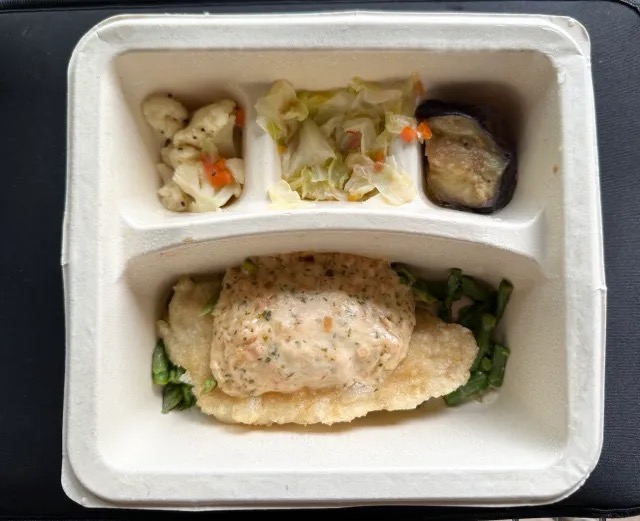
▼ Masanuki enjoyed his meal with a view out the window.

While it would’ve been nice to have rice on the side to help beef up these meals, we’re yet to bring a rice cooker to our humble estate, so Masanuki had to make do with the main and sides on their own.
Still, even without the rice they were good, and he felt proud of himself for not resorting to convenience store food like he usually does during visits to the SoraHouse. These healthier meals helped to make him feel more like he was relaxing at a home away from home, or even on a spa break at a health retreat, albeit without any of the luxurious pampering sessions.
So in the end, Masanuki put us all to shame by not only staying the night at our rundown house, but eating well while he did it. He’s braver than all of us combined, especially when you consider the fact that the house is known to have midnight visitors.
Related: Nosh
Images © SoraNews24
● Want to hear about SoraNews24’s latest articles as soon as they’re published? Follow us on Facebook and Twitter!

